
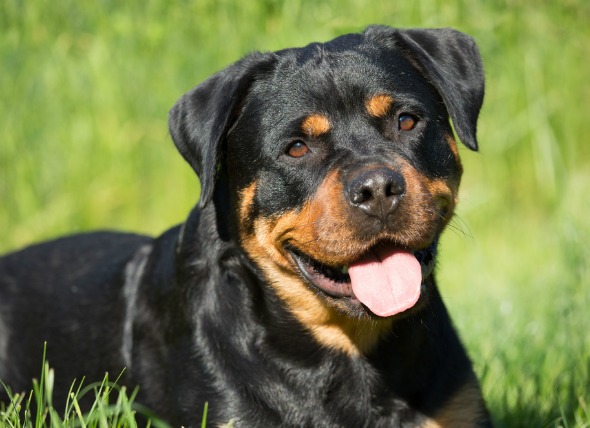
Much like in teenage humans, acne is a benign disorder that typically only lasts a while. It occurs when the hair follicles become irritated. Dogs with short coats such as Boxers, Bulldogs, and Rottweilers are the breeds most likely to have this condition. Dogs may also experience intense pain and itching.
Acne tends to come on at puberty, from five to eight months of age. Typically it is gone by the time the dog reaches one year of age.
Both dogs and cats are susceptible to this condition. If you would like to learn more about acne affects cats, please visit this page in the PetMD health library.
Some causes are:
Your veterinarian will take note of the dog's breed and will want to know the age when the lesions began to appear. Some other diseases look like acne, and your veterinarian will want to rule them out, including:
Dogs with acne are healthy except for the lesions.
Generally, a topical treatment is used to treat acne. Some are similar to the ones people use, like benzoyl peroxide. Use only the products recommended by your veterinarian. The skin on the chin and lips of your dog is thin and sensitive. Therefore, if benzoyl peroxide is prescribed, it is much weaker than that used for humans, so do not substitute.
Some possible treatments:
Protect your animal from injurious situations. Also, try to limit your pet's activities during this time. Remember, this ailment is self-limiting and will not last very long. You will need to manage the condition at home, shampooing as necessary and applying the topical medications.
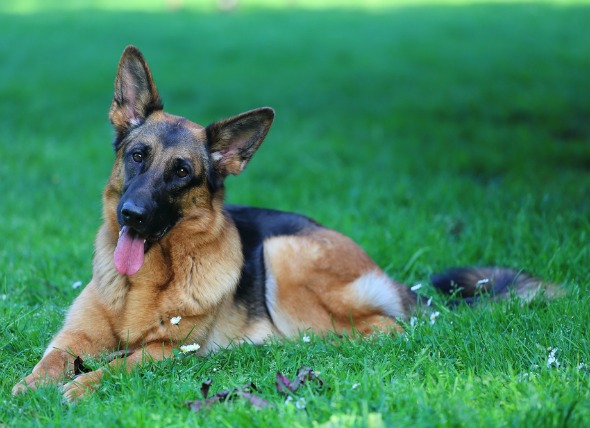 Bleeding Disorder in Dogs
Von Willebrand's Disease in Dogs
Von Willebra
Bleeding Disorder in Dogs
Von Willebrand's Disease in Dogs
Von Willebra
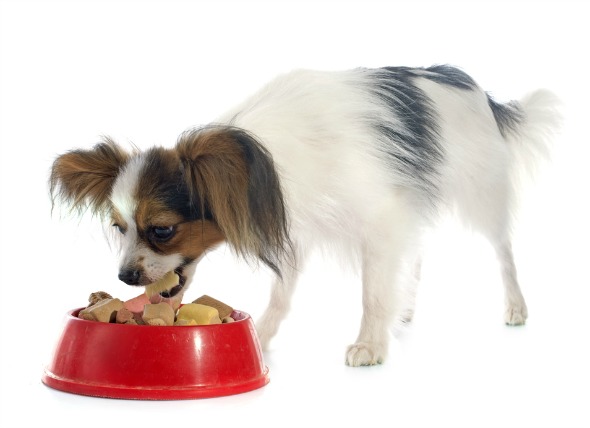 Dietary Reactions in Dogs
Gastrointestinal Food Reactions in Dogs
Gastroint
Dietary Reactions in Dogs
Gastrointestinal Food Reactions in Dogs
Gastroint
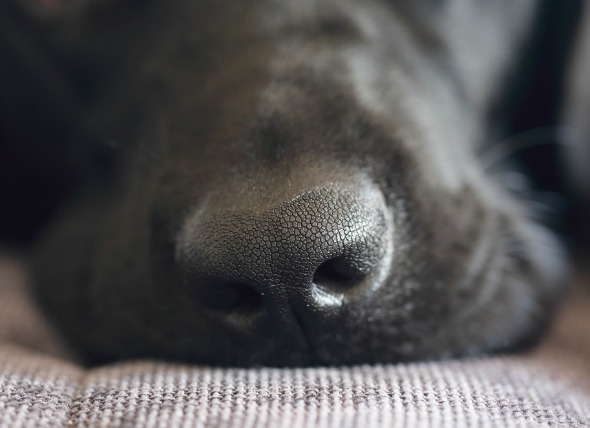 Nose Cancer (Adenocarcinoma) in Dogs
Nasal Adenocarcinoma in Dogs
Nose cancer (or nasa
Nose Cancer (Adenocarcinoma) in Dogs
Nasal Adenocarcinoma in Dogs
Nose cancer (or nasa
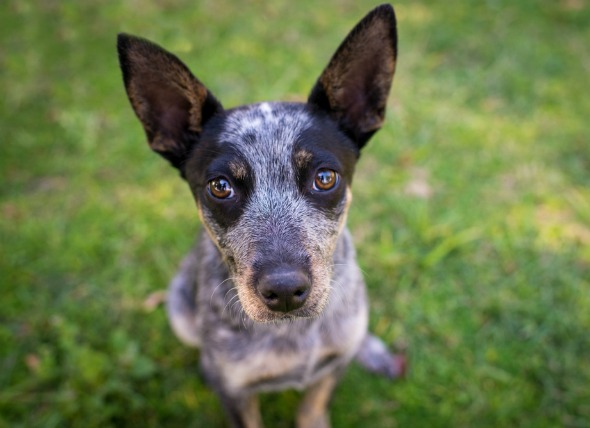 Low Blood Potassium in Dogs
Hypokalemia in Dogs
Hypokalemia refers to lower t
Low Blood Potassium in Dogs
Hypokalemia in Dogs
Hypokalemia refers to lower t
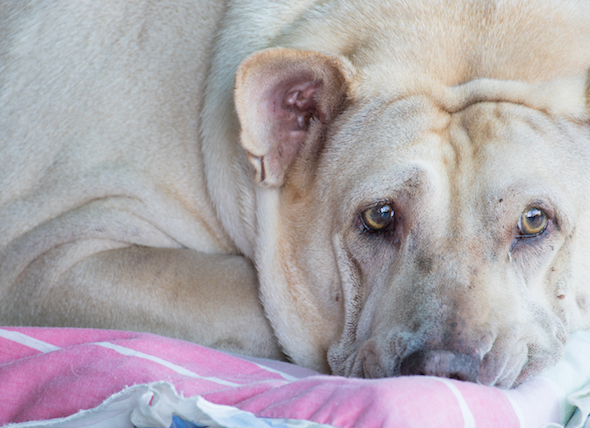 Mast Cell Tumor (Mastocytoma) in Dogs
Connective Tissue Tumors in Dogs
Mast cell
Mast Cell Tumor (Mastocytoma) in Dogs
Connective Tissue Tumors in Dogs
Mast cell
Copyright © 2005-2016 Pet Information All Rights Reserved
Contact us: www162date@outlook.com